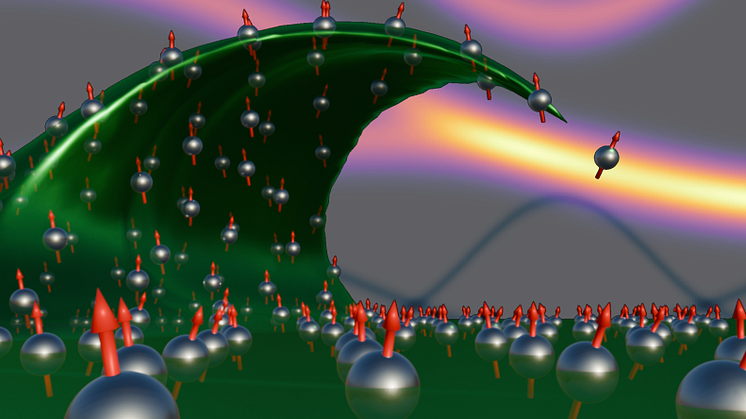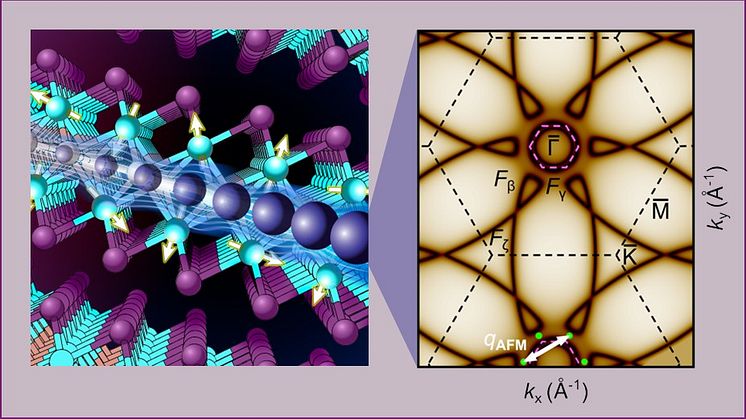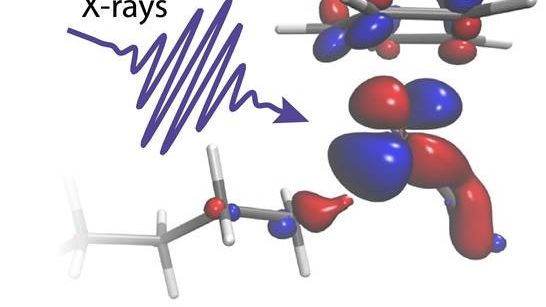Seeing Spins Dance at the Nanoscale
For the first time, spin waves also known as magnons, have been directly observed at the nanoscale. This breakthrough was made possible by combining a high–energy-resolution electron microscope with a theoretical method developed at Uppsala University. The results open exciting new opportunities for studying and controlling magnetism at the nanoscale.




